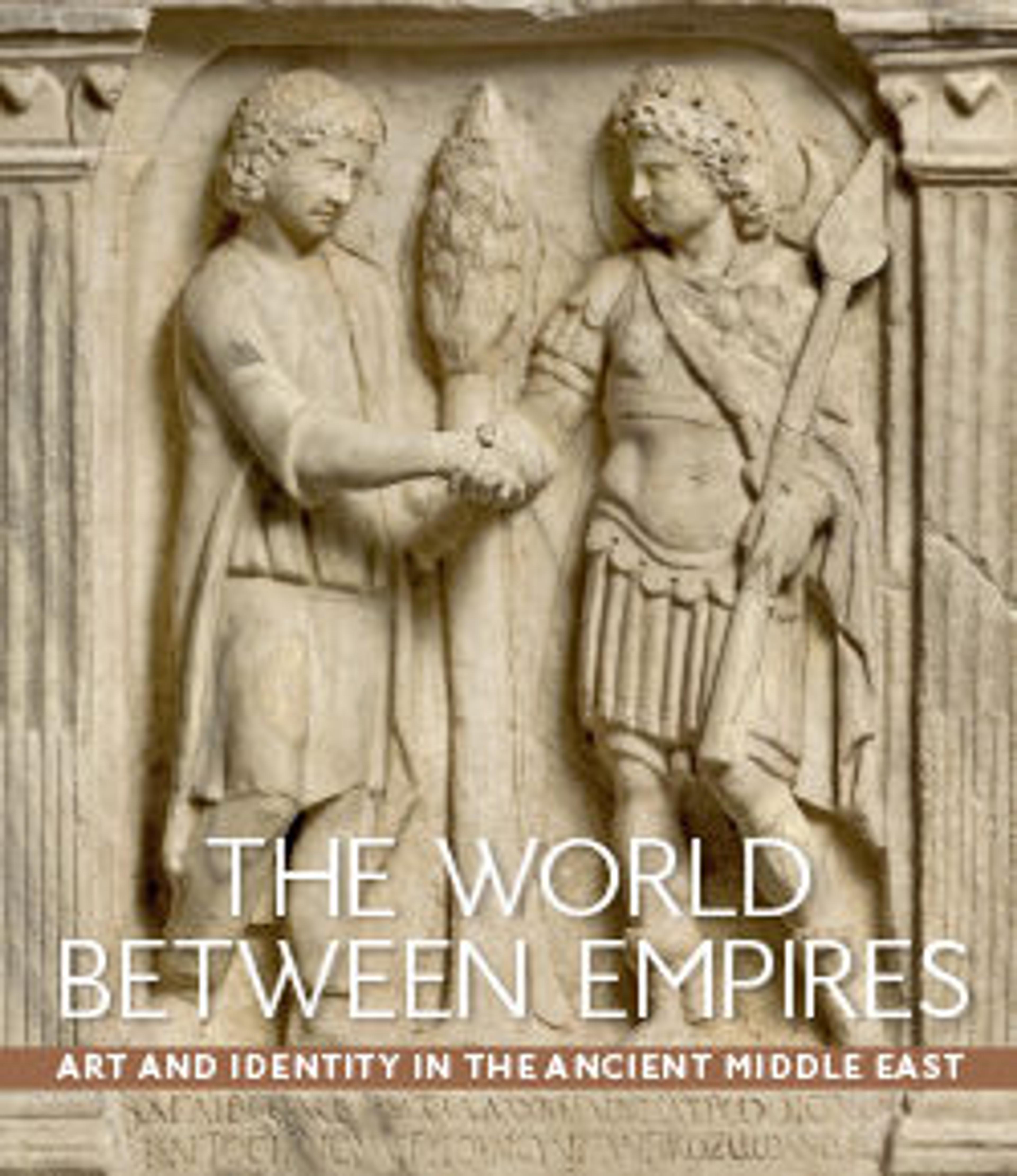Earring
This elaborate gold earring features a boat-shaped ring with a pendant "amphora" vase suspended from it that is decorated with three rows of arched perforations and both granular and filigree decoration. A ring at the vase’s bottom indicates that an additional pendant originally hung from it. Five pomegranates hang from rings attached to the pendant vase (there were seven originally); pomegranates, associated with fertility, were a popular subject in jewelry from the ancient Near East. The earring’s production date is determined in part because its design is very similar to a pair discovered buried in a cache in the city of Seleucia that is dated between 40 and 120 A.D.
Parthian wealth obtained through lucrative trade networks resulted in substantial patronage of the arts and luxury goods including jewelry. In addition to surviving examples, representations of earrings, necklaces, bracelets and frontal bands appear in funerary portraits from Palmyra and statuary from Hatra.
Parthian wealth obtained through lucrative trade networks resulted in substantial patronage of the arts and luxury goods including jewelry. In addition to surviving examples, representations of earrings, necklaces, bracelets and frontal bands appear in funerary portraits from Palmyra and statuary from Hatra.
Artwork Details
- Title:Earring
- Period:Parthian
- Date:ca. 1st–2nd century
- Geography:Mesopotamia or Iran
- Culture:Parthian
- Medium:Gold
- Dimensions:L. 2 1/4 in. (5.7 cm)
- Credit Line:Museum Accession
- Object Number:X.94
- Curatorial Department: Ancient West Asian Art
More Artwork
Research Resources
The Met provides unparalleled resources for research and welcomes an international community of students and scholars. The Met's Open Access API is where creators and researchers can connect to the The Met collection. Open Access data and public domain images are available for unrestricted commercial and noncommercial use without permission or fee.
To request images under copyright and other restrictions, please use this Image Request form.
Feedback
We continue to research and examine historical and cultural context for objects in The Met collection. If you have comments or questions about this object record, please contact us using the form below. The Museum looks forward to receiving your comments.
